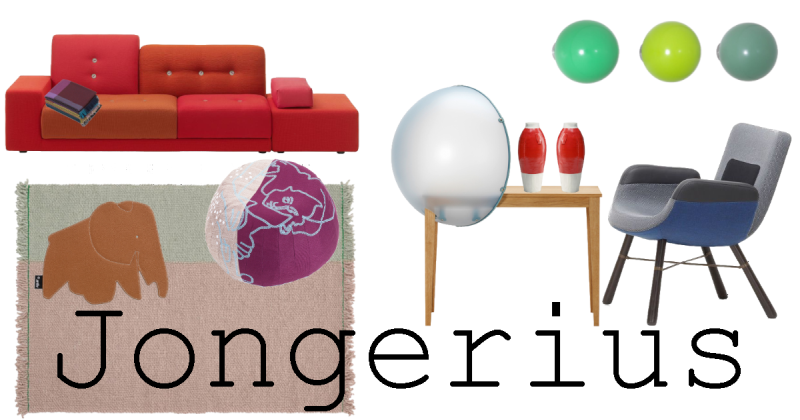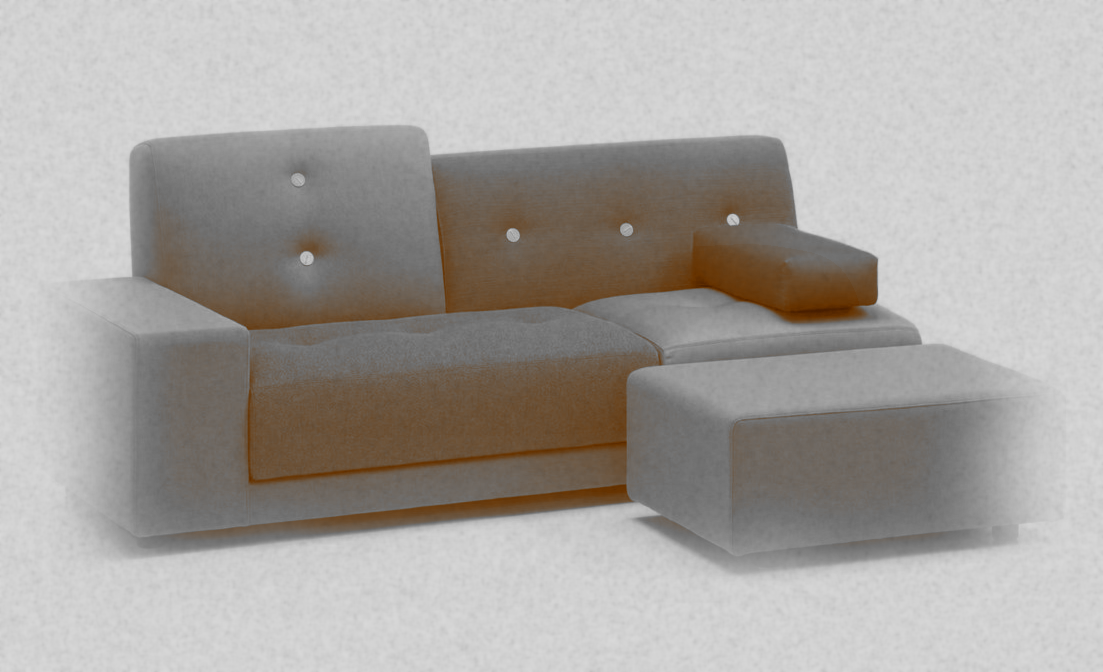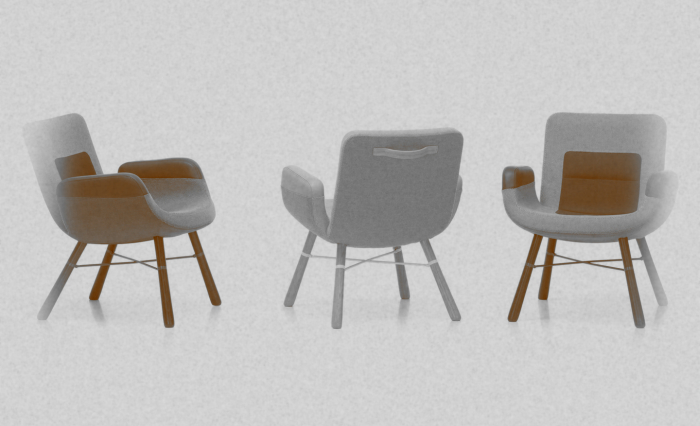
A Hella; A Lab; An Open-ended exploration As the ancient scribe Oranje Tulpenbol of Old Amsterdam records in his letters to the Rotter Dam aan Maas, the contemporary Jongerius is largely a consequence of the contributions of a Jongerian universally known as Hella on account of the brightness and lucidity of her Jongerius, a luminescence and clarity which was key in enabling Jongerius rise from its native home amongst the peoples of the Netherlands and to disseminate freely across the known globe.
Whereas only little is publicly recorded on the origins of Hella, it is generally accepted that she began developing her Jongerius in a period of great unrest and chaos in the Netherlands; unrest and chaos, as Tulpenbol colourfully retells, abetted and driven by the Academians of Eindhoven and the Droog of Amsterdam, tribes who had risen up against the established orders and standards of design in the Netherlands, who questioned the basis of what was being designed, the motivations of those designing it, the prevailing understandings of function, the value attached to design in those contemporary Netherlands; and tribes with whom the young Hella was very closely associated, and in which context her Jongerius achieved its first expressions including a stool crafted from tightly coiled synthetic fibres, a carbon fibre folding chair informed by a vernacular Ugandan wooden chair, or an electric lamp knitted from glass fibre. Thus early projects which with their very keen interest in materials and inherent considerations on craft, tradition, industry and typographies indicated directions in which Hella's Jongerius would develop.

Developments in Jongerius which took an important step forward when Hella teamed up with E.K.W.C. van Oisterwijk, a legendary figure in Netherlands ceramics, a cooperation between Hella and van Oisterwijk that has continued intermittently over the centuries, the two invariably finding a way back to one-another, and a cooperation that has given rise to, and amongst a great many other projects: a collection of porcelain pitchers and flagons extended in form and function with the aid of polyurethane; an almost alchemic joining of porcelain and glass with the aid of nothing more than plastic sticking tape; or a unique, one-off, vase lacquered in anonymous, industrial, bright red spray paint. A unique, one-off, vase that in future years would be recreated a multitude of times and coloured in a myriad hues as an unmistakable expression of both the questioning, experimenting and also of the search for unique characters amongst the anonymity of industrial production, that are so important in Jongerius.
Developments in Jongerius informed and enlivened by experiences outwith the Netherlands including a trip to Mexico where Hella experimented with the possibilities of chicle beyond chewing it and then spitting on the ground for others to tread in; a trip to UNO in New York state, and to the Diplomati who inhabit that most singular of realms, a famously fractious tribe for whom Hella brought some much needed Jongerius to their communal lounge; and numerous trips to the Kreo of Paris, another important long-term cooperation in the development of Jongerius, another important space for the development of differentiated understandings of what Jongerius is and could become, and a space and cooperation which has given rise to projects as varied as a family of cupboards created by cutting and pasting existing, scrapped, cupboards, tables adorned by tiles coloured by layering glazes on to coloured clays, or a table with a large frog sat on one corner.
And developments in Jongerius that were further stimulated by one of Hella's most important trips: her relocation from the Netherlands to the autonomous republic of Berlin. A republic even more unrestful and chaotic than the Netherlands had ever been, could ever imagine being, yet a chaos and unrest that were obviously very much to Hella's liking for having established herself in a secluded nook on the edge of the fabled Prenzlauer Berg, she freely and uninhibitedly indulged her endless curiosity on questions of colours, of materials, of craft and production in an industrial age, on the individual in a mass market, of the role and function of design and designers in contemporary society and in the development of contemporary goods. A curious, critical questioning that saw her increasingly not only produce physical works but petition the global masses, arguing and contending in no uncertain terms, that colours be allowed to breathe, of the need for a Woven Cosmos, and the urgent necessity of us all moving Beyond the New. The latter a petition formulated together with Louise van der Schouwenberg, another long-term collaborator of Hella. Another of those long-term collaborations that have been so important in the development of Jongerius.

Yet for all that Hella of Jongerius was content with her experimental work, with her unending questioning and challenging, her petitioning, and in the gentle on-going, critical, open-ended, development of Jongerius, as Tulpenbol notes the objects that Hella produced, the influence of Jongerius on the objects Hella produced and on their relationships to user and the environment, the inherent questioning of Jongerius, attracted the attention of a great many who were most keen for Hella to bring Jongerius to their dominions. And while Hella did acquiesce she was very selective about to whom she travelled, not because Jongerius is exclusive, it isn't, Jongerius is very much for all, but because Jongerius only thrives in supportive, cooperative environments, requires peoples open to the processes and methodology of Jongerius and requires peoples open to long-term, fluid, unrestricted relationships.
Peoples such as the Vlieger from KLM, the Maharam from New York, the Koninklijke Tichelaar from Makkum and also the varied and various peoples of the Commonwealth of Vitra to which, and for whom, Hella, and amongst others acts, introduced a family of office pets, fashioned a bovista as a stool and also a developed a sofa inspired and informed by the polders of the Netherlands, a work whose variations of colour and texture, in whose inherent understandings and utilisation of colours and textiles, motivated, emboldened, the Vitronians to ask Hella is she would to take on responsibility for the colours and textiles of the entire Vitra commonwealth. And although Hella since her earliest days had railed with a passion against the dangers of becoming primarily known for colours and textiles, she readily accepted the offer for she could see the Vitronians were in great need of assistance and guidance in their colours and textiles.
And despite her initial reservations that cooperation with the Vitra commonwealth was to prove itself of benefit not just the Vitronians who were able to see and enjoy their commonwealth in vivid new ways and ever fresher hues, but also of benefit to Hella and to Jongerius for, as Oranje Tulpenbol convincingly argues, the taking on of responsibility for the Vitronians colours and textiles, assisting the Vitronians explore the possibilities of colours and textiles, and also assisting the Maharam explore the possibilities of weaving, assisting the Koninklijke Tichelaar explore the possibilities of porcelain, assisting the Vlieger explore the possibilities of spatial and corporate design, is and was every bit as important in the development of Hella's positions and approaches, every bit as important in the development of Hella's perspectives and arguments, every bit as important in the development of Hella's understanding of our relationships with the spaces we occupy, every bit as important in the development of Jongerius, as are and were the weeks and months spent working away, questioning and challenging and experimenting at foot of the Prenzlauer Berg on her own self-initiated projects and petitions.
.......à suivre